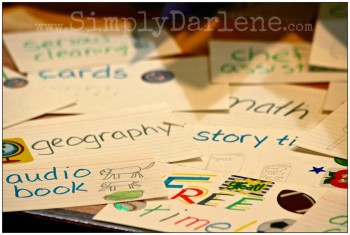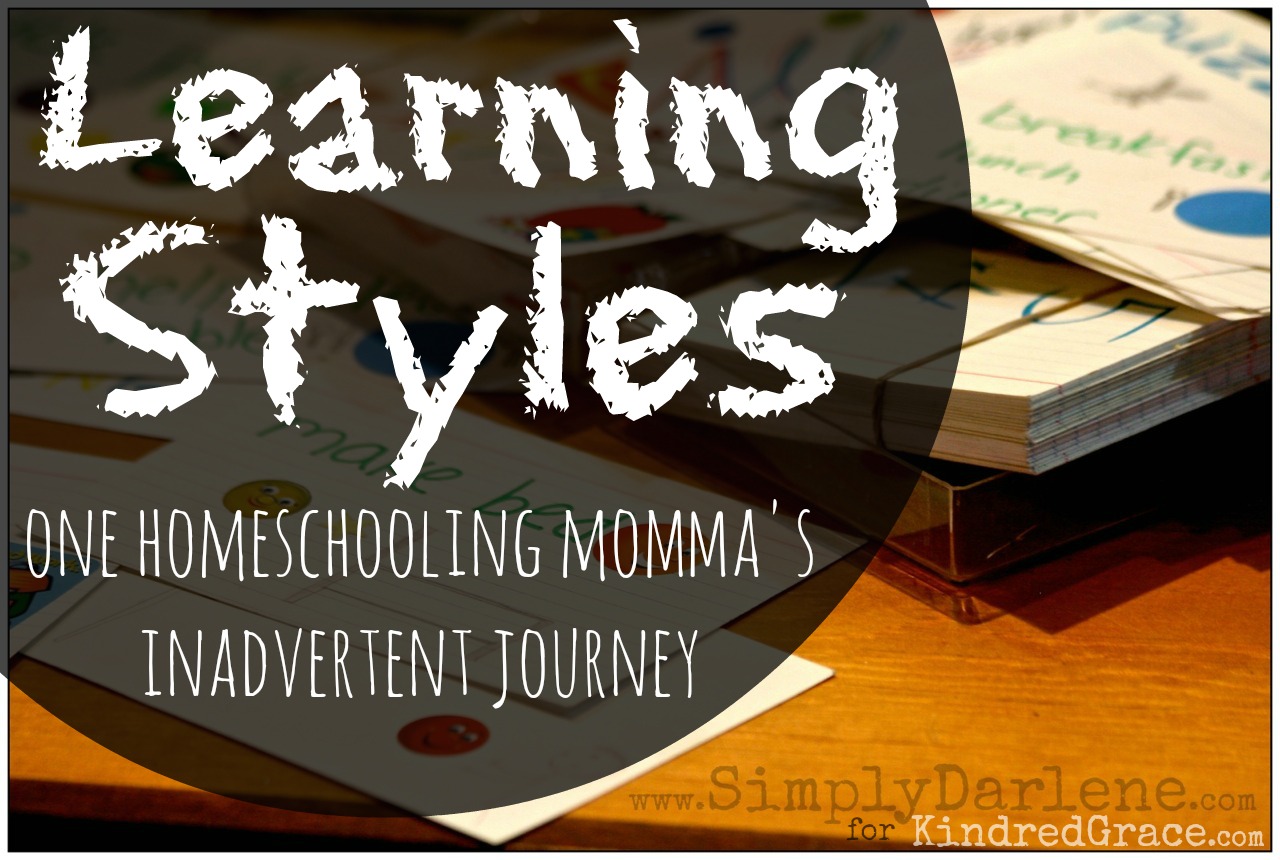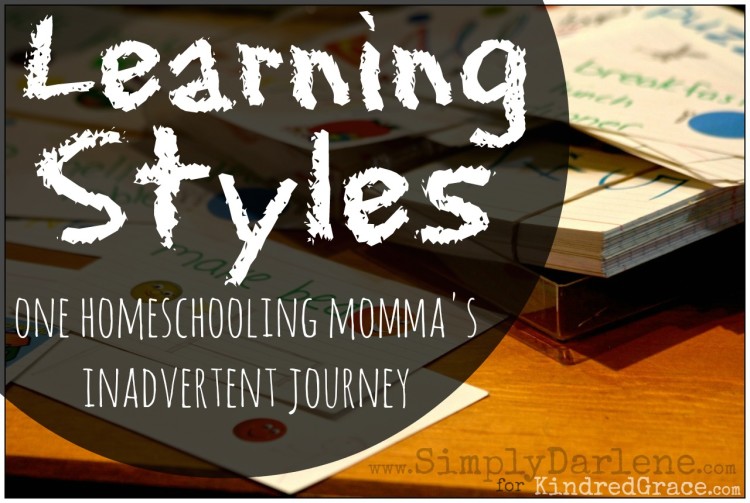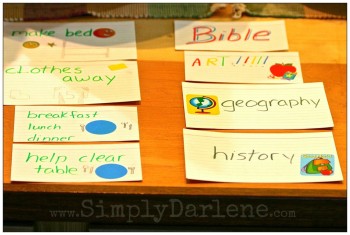Learning Styles: One Homeschooling Momma’s Inadvertent Journey
Disclosure: This post contains affiliate links which won’t change your price.
God, the Creator of the heavens and the earth and all the animals of the sea and the birds of the air and the critters of dry land, is also the One who made man. And in making us, He created us in His image (Genesis 1:27); but, He also swiped both our outsides and our insides with His varied brush stokes of individualism.
Because all of this God-given uniqueness is sometimes hard to understand, we usually turn to professionals like Gary Chapman, author of The 5 Love Languages or Florence Littauer, author of Personality Plus. We read their books, listen to their programs, peruse their websites, and attend their educational events, all so we can understand, appreciate, and love those who are near and dear to us.
As a newbie homeschooling momma, I quickly realized that I needed more than love languages and personality traits in order to enhance the education of my scholastic prodigy. Things didn’t go quite right from the beginning: something was missing.
I discovered that our learning styles also are impacted by His brushstrokes of individualism. Whether you are a homeschooling parent, or a parent trying to help your kiddo with a simple assignment or a complicated class project, this topic impacts you and yours.
An Inadvertent Journey
As a little squirt, my son had difficulty memorizing (letters and numbers) from pre-fabricated cards and charts — it didn’t matter if the things were store-bought or homemade. Also, he found it difficult to follow more than one verbal command at time. Because of my college training and my experience in the public school classroom, I thought that the root of his learning problem was an acute inability to focus. I also chalked it up to an attitude problem.
I want to help you to identify and memorize your numbers and your letters. Let’s use this nifty chart; okay, that didn’t work. Here is a stack of flash cards; alrighty then, that wasn’t effective either. Here is a clever computer program; and that didn’t help. (Aiy-yi-yi, what is the matter with this kid?)
Please make your bed, get dressed, and bring your dirty clothes to the laundry room. Today. This hour. Within five minutes. Right now. (His hearing is fine, so what’s the deal here?)
Out of sheer desperation I tried some new techniques with him. As a Physical Education teacher, I value movement and physical skill, so whilst we marched and hopped and jumped and walked, I incorporated the letter and number flashcards. Lo and behold, within days my little marcher-repeater was on his scholastic merry way with his once-stuck letter and number lessons. Even though I didn’t realize it at the time, this was my first sashay into learning styles.
About a month after we connected the first dots and began to find some scholastic success, my family was set into a job-related relocation upheaval where we moved five times in four years. And wouldn’t ya know it, every stinkin’ move was during the school year; now, chaos ruled our homeschool world.
After many of my own prayerful conversations with God, I sat down with my little feller to talk about the issue. We talked about a calendar method, a chalkboard list, a dry-erase list, a reward system, and a penalty system; somehow or another we came up with what we refer to as his Cards. The next day we met at the dining room table with a stack of index cards, several multi-colored markers, a box of crayons, and a few pages of stickers. Together we developed a plan and instituted a new process that would take the place of momma’s verbal commands.
Our system of Cards looks like this: chores and personal hygiene duties are written in green; school topics are written in black; free-time activities are written in blue; and so on. (Each topic has its own color.) Since he was a beginning reader who still needed to know what each card meant, he used stickers and/or drawings to depict the message I had written. (Personalization helps the child to take an active role. Of course if your student is able, have him/her label and/or decorate the cards.)
Over the years we’ve modified and added to his pile of cards based on increased scholastic subjects, hobbies, interests, chores, etc. But, we still use the cards. (Summertime is no exception as he wants me to set out cards for his chores; he also asks me to give him only of couple of free-time activity options from which to choose.)
During all of my family’s relocation chaos, I inadvertently incorporated another learning style enhancement technique when his literacy skills came to a standstill with the Dick & Jane books. A librarian introduced us to Hank the Cowdog one day when we were snooping around for a new book series. Now my son had a new topic that was right up his little cowboy alley; plus, we took home both the paperback and audio versions. We listened to countless Hank books while we did chores (folded laundry, washed dishes, and unpacked boxes) together. And when the chores were done, he played with building blocks while he listened. After a few weeks of ole Hank streaming out the stereo speakers, one day my son picked up a King James Version Bible and read it aloud. Flawlessly.
Amazed at this transformation, I did some online research about audio books and reading skills and I (finally!) discovered information regarding learning styles. My son didn’t suffer from a focus deficit or from an attitude problem; he just needed my teaching methods to line-up with his learning styles. There are three basic learning styles: visual, kinesthetic, and auditory. While one mode usually dominates learning – each person has his/her unique combination of these styles – and this is what drives not only their learning, but also their memory storage and recall.
Hmm, whaddaya know, I’m a lot like my son in that I’m also a kinesthetic-visual learner.
Visual:
I don’t just take excellent lecture notes, I re-write all of my lecture notes. If the speaker is slow, or I am lost, I doodle in my margins. I am detail-oriented. I find verbal instructions difficult.
Kinesthetic:
I use my hands while I talk. I dress for comfort. I express my emotions in physical means (i.e. grimace, cry, stomp, wring my hands, clench my teeth, etc). I try new things.
Auditory:
And those who follow the tract of auditory learning have difficulty with written directions. Keep messy notebooks. Enjoy listening activities. Are easily distracted. Whisper to oneself while reading.

As adults we have the freedom and ability to adjust the way we take notes, follow directions, learn new skills, try new hobbies, write articles, or read books – so it makes sense that we offer our kiddos the same opportunities to succeed, right? As parents we can, and should, discover their learning style and/or alter some of our educational instruction methods.
If the good Lord above had made us all to look, act, think, and learn alike, then the world would be a pretty boring place. Keep in mind that we are to love one another as Christ first loved us (John 13:34-35).
When you stack your child’s pile of personal oddities next to your own, both Heaps O’ Unique probably are gonna be the same size, but when you look real close, you should see that it’s the commonality of Christ’s love that shines brightest – because in making us, He created us in His image (Genesis 1:27). Instead of making their scholastic individuality a battleground, why not enhance it by utilizing their God-given uniqueness?
Recommended Resources:
- Learning Style Assessment & Characteristics of Learning Styles
- The Way They Learn by Cynthia Tobias
- Apple St. Applied Learning Styles
- Learning Styles Links & Resources from Kindred Grace




Darlene, I bumped into this post via Pinterest (which I am brand new to.) As an educator I am so thrilled to see another homeschooling mom find this work by Cindy Tobias. Cynthia’s books and teaching conferences, along with many year’s experience and ‘research’ with years’ of kids have proven out what you said here. The subject is one I’m passionate about; I wish every parent had a chance to be made aware of all the ways that kids can learn. (And voila–the ways we learn as adults–because it doesn’t change just ’cause you get older.)
I was thrilled to understand (finally) at the age of 40 that I was an Abstract Random Global thinker. I got rid of a heap of guilt about the way I did things…
Great post.
Love your take on this! Thanks for joining us here today, Darlene.
Thanks for having me over, miss G.
Blessings.